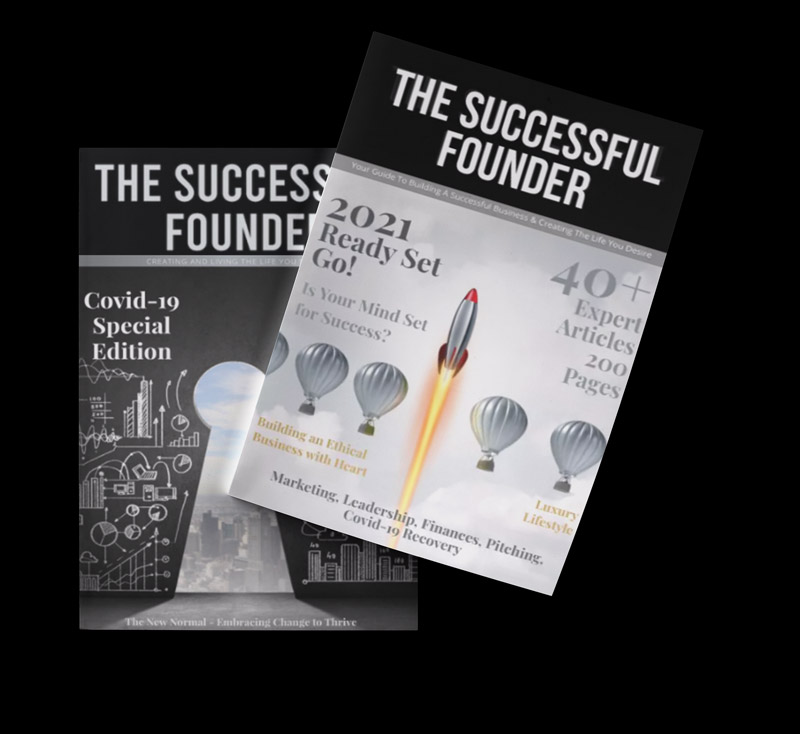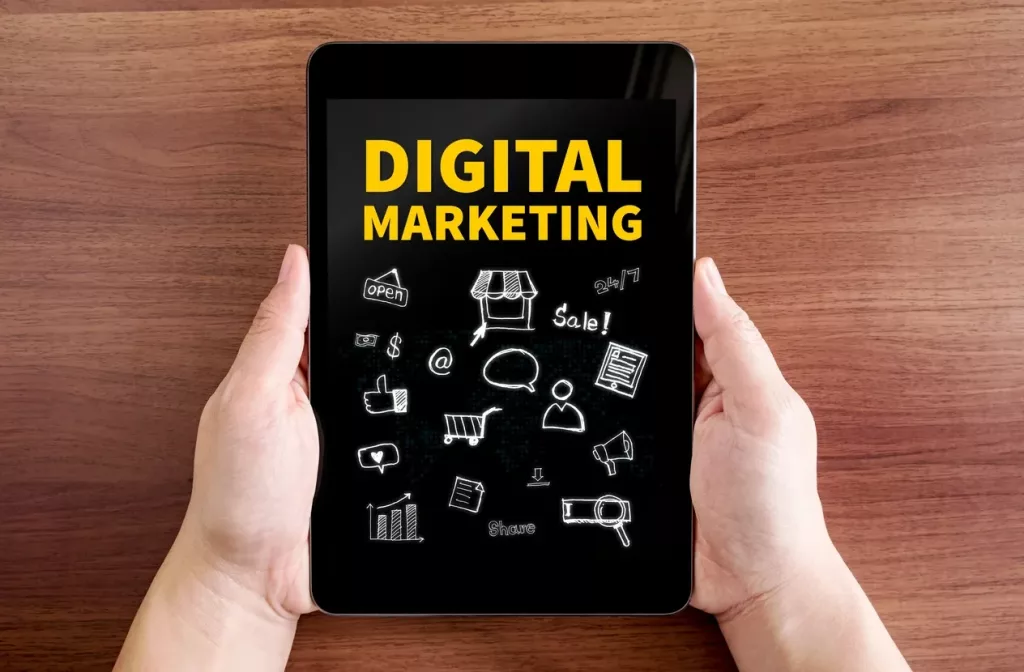Digital marketing is not just about being present online; it’s about creating a strategy that drives strong results. Whether your goal is more sales, website traffic, or brand awareness, an effective digital marketing strategy can unlock remarkable growth for your business. The challenge, however, is crafting a plan that turns potential customers into loyal advocates. If you’re ready to level up your digital efforts, here’s how to create a results-driven strategy that converts.
1. Define Your Goals with Precision
The first step in crafting a winning strategy is knowing what you’re aiming for. Define clear, measurable goals that align with your broader business objectives. Avoid vague targets like “more sales” or “better engagement” and instead focus on specific outcomes such as:
- Increasing website traffic by 30% in three months.
- Generating 50 new leads per week.
Tools like SMART Goal frameworks (https://www.smartsheet.com/smart-goals-template) can help you create achievable benchmarks for your campaigns.
2. Know Your Audience Inside Out
Successful digital marketing starts with understanding your audience. Who are they, what do they want, and where do they spend their time online? Building detailed customer personas allows you to create campaigns that speak directly to their needs and pain points.
How to Understand Your Audience Better:
- Use tools like https://www.hubspot.com/make-my-persona to develop detailed buyer personas.
- Conduct surveys or gather feedback via tools like https://www.surveymonkey.com.
- Analyze your audience’s online behavior with data from https://analytics.google.com.
When you truly know your customers, you can tailor your messaging, visuals, and platforms to what resonates most.
3. Build a User-Friendly Website
Your website serves as the hub of your digital marketing strategy. If it’s slow, cluttered, or confusing, potential clients will bounce before converting. Prioritize creating a website that is visually appealing, mobile-friendly, and easy to navigate.
Tips for Improvement:
- Optimize site speed using tools like https://pagespeed.web.dev.
- Use website builders like https://www.wix.com for a professional design without coding experience.
- Regularly test your website for user-friendly navigation using software like https://www.usertesting.com.
A seamless website experience makes it easier for visitors to engage with your brand.
4. Leverage SEO for Organic Traffic
Search engine optimization (SEO) is the backbone of any sustainable digital marketing strategy. By optimizing your website and content for search engines, you increase your chances of appearing in relevant search results, drawing organic traffic to your site.
SEO Must-Dos:
- Conduct keyword research using tools like https://ahrefs.com or https://www.semrush.com.
- Start a blog and regularly post optimized content relevant to your industry. Hosting platforms like https://www.wordpress.com are invaluable for this.
- Optimize on-page SEO, including meta titles and alt text for images.
SEO provides long-term results and often yields the highest ROI compared to paid ads.
5. Invest in High-Quality Content
From blogs to videos, quality content helps tell your brand’s story, engage audiences, and establish customer trust. The best content doesn’t just promote your product; it educates, entertains, or solves problems for your target audience.
Suggestions for Effective Content:
- Create educational tutorials and post them on https://www.youtube.com.
- Develop infographics for social-media-ready content using https://www.canva.com.
- Host valuable webinars for lead generation through https://www.zoom.us.
When your content provides value, people are more likely to interact, share, and trust your brand.
6. Email Marketing for Lead Nurturing
Despite newer digital trends, email remains one of the most reliable tactics for conversions. Direct emails put you in front of customers who’ve already expressed interest, allowing you to nurture them towards taking action.
Build Your Email Channel:
- Use platforms like https://www.mailchimp.com or https://www.constantcontact.com to create segmented email campaigns.
- Offer downloadable resources or discounts in exchange for sign-ups.
- Run A/B tests on subject lines, visuals, and CTAs to refine your strategy.
When done right, email marketing bridges the gap between awareness and conversion.
7. Utilize Paid Advertising for Rapid Results
For immediate visibility and engagement, complement your organic strategies with paid advertising through platforms like Google Ads or social media.
Best Practices for Paid Campaigns:
- Retarget website visitors with ads through Facebook Ads (https://www.facebook.com/business/tools/ads-manager).
- Set clear budgets and monitor ad performance metrics using tools like https://ads.google.com.
- Test ads with different visuals and copy to determine the highest performing campaigns.
Paid ads speed up audience reach while offering targeted strategies to acquire new leads.
8. Engage Across Social Media
Your social media platforms are more than just a communication tool. They’re a vital touchpoint for interacting directly with potential customers, showcasing your brand personality, and building communities.
Key Tips:
- Maintain a consistent posting schedule using social media management tools like https://www.hootsuite.com.
- Incorporate stories and live sessions on platforms such as https://www.instagram.com to engage followers.
- Amplify your efforts through influencer collaborations sourced via https://www.heepsy.com.
Engagement builds trust, which is essential for nudging followers towards converting.
9. Track Metrics and Measure Success
A strategy is only as good as its results. Regularly monitor your campaign performance using analytics tools, uncover what’s working, and adjust accordingly.
How to Measure Effectively:
- Analyze traffic, conversion rates, and demographic patterns using https://analytics.google.com.
- Monitor social media metrics through platforms like https://later.com.
- Set clear KPIs (key performance indicators) tailored to your campaign’s goals.
Data allows continuous refinement, ensuring your strategy converts consistently.
10. Focus on Retention as Much as Acquisition
Acquiring new customers is essential, but retaining them often costs less while bringing greater lifetime value. Pay attention to nurturing relationships with current customers through loyalty programs, exclusive offers, or value-driven email series.
Suggested Tools for Retention:
- Build customer loyalty programs with https://www.yotpo.com.
- Keep your audience engaged with personalized email campaigns using https://www.activecampaign.com.
- Offer early access to products or services for your most loyal clients.
Retention-focused strategies turn one-time buyers into repeat buyers who also advocate for your brand.
Final Thoughts
Building a digital marketing strategy that converts is about focusing on the customer at each touchpoint—from awareness all the way through to loyalty. By combining intentionality, creativity, and clear metrics, you’re set to drive meaningful, lasting results for your business.
Focus Keywords:
- Digital marketing strategy tips
- How to boost online conversions
- SEO for startups
- Social media engagement tools
- Converting traffic into leads
- Content marketing for businesses
- Email marketing tools and tips
- Paid advertising best practices
- Customer retention strategies
- Analytics for digital campaigns
- lisafoundersitehttps://thesuccessfulfounder.com/author/lisafoundersite/
- lisafoundersitehttps://thesuccessfulfounder.com/author/lisafoundersite/
- lisafoundersitehttps://thesuccessfulfounder.com/author/lisafoundersite/
- lisafoundersitehttps://thesuccessfulfounder.com/author/lisafoundersite/



